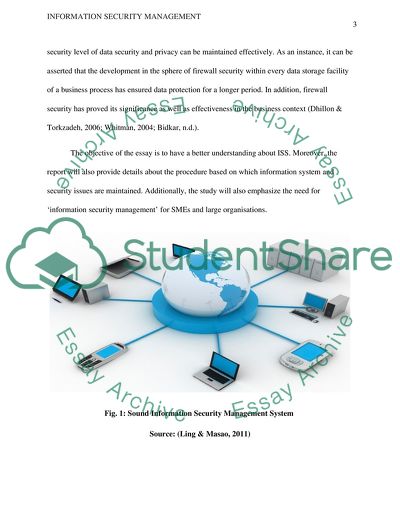Cite this document
(The Development of Security Domains Term Paper Example | Topics and Well Written Essays - 4250 words, n.d.)
The Development of Security Domains Term Paper Example | Topics and Well Written Essays - 4250 words. https://studentshare.org/information-technology/1839287-information-security-management
The Development of Security Domains Term Paper Example | Topics and Well Written Essays - 4250 words. https://studentshare.org/information-technology/1839287-information-security-management
(The Development of Security Domains Term Paper Example | Topics and Well Written Essays - 4250 Words)
The Development of Security Domains Term Paper Example | Topics and Well Written Essays - 4250 Words. https://studentshare.org/information-technology/1839287-information-security-management.
The Development of Security Domains Term Paper Example | Topics and Well Written Essays - 4250 Words. https://studentshare.org/information-technology/1839287-information-security-management.
“The Development of Security Domains Term Paper Example | Topics and Well Written Essays - 4250 Words”. https://studentshare.org/information-technology/1839287-information-security-management.


